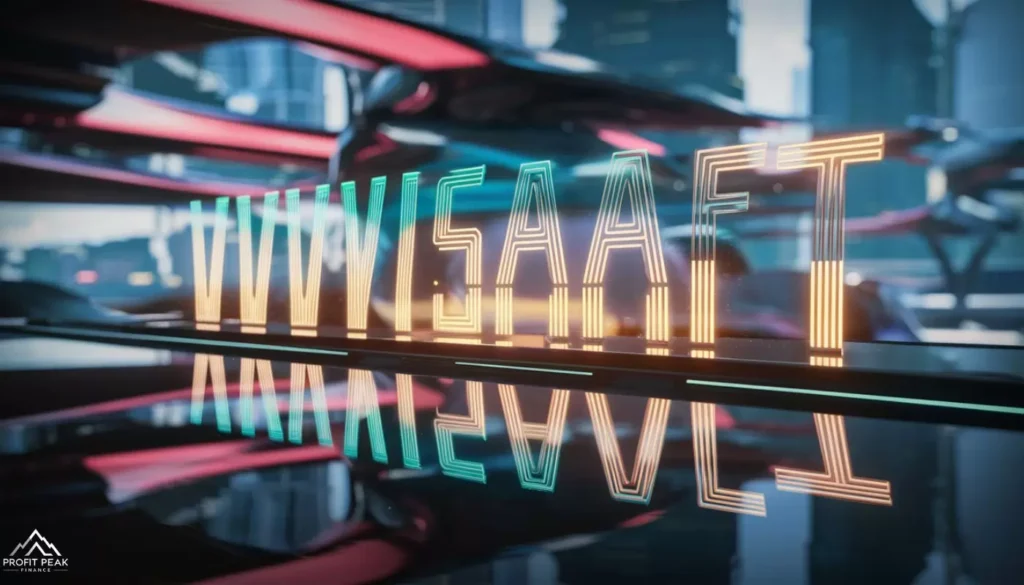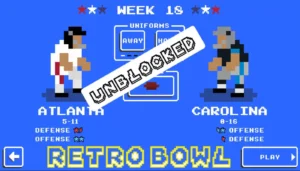Have you ever glanced at your bank statement or mobile app and noticed an odd charge with the cryptic label “WUVISAAFT”? If so, you’re not alone. This perplexing acronym has left countless debit and credit card holders scratching their heads, wondering what kind of nefarious force is at play with their finances.
Fear not, for the WUVISAAFT charge is not the work of criminal masterminds or identity thieves. Instead, it’s a legitimate, if poorly named, banking practice used by Visa in conjunction with Western Union’s money transfer services. In this comprehensive guide, we’ll decode the WUVISAAFT mystery and provide you with the knowledge to confidently identify and understand these charges on your statements.
Decoding the WUVISAAFT Acronym
Let’s start by breaking down the acronym itself:
WUVISAAFT = Western Union Visa Automated Funds Transfer
As the name suggests, this service allows Western Union to seamlessly integrate with Visa’s payment network, enabling customers to fund international money transfers directly from their debit or credit cards.
When you initiate a money transfer through Western Union using your Visa card, the WUVISAAFT system kicks into gear behind the scenes. This automated process verifies that you have sufficient funds available in your account to complete the upcoming transfer.
Why the WUVISAAFT Charge Appears
The WUVISAAFT charge is essentially a temporary holding charge or authorization placed on your account. It serves as a means for Visa and your bank to verify available balance and ensure you can cover the upcoming money transfer.
Common scenarios where you may encounter a WUVISAAFT charge include:
- Sending money overseas to family or friends through Western Union’s services
- Funding a domestic or international money transfer using your Visa debit or credit card
Once the actual money transfer is processed and completed, typically within 3-5 business days, the temporary WUVISAAFT charge will automatically fall off your account. This charge is not the final transfer amount, but rather a precautionary measure to prevent overdrafts or declined transactions.
Read This : DOW JONES FINTECHZOOM: A POWERFUL INSIGHTS TOOL FOR INVESTORS
How Much is the WUVISAAFT Charge Amount?

The WUVISAAFT charge amount can vary slightly depending on your bank’s policies, but it is generally a nominal sum, often around $1.00. This small charge is simply a temporary authorization hold to verify available funds, not the actual cost of the money transfer itself.
It’s important to note that while the charge may initially appear as a pending transaction, reducing your apparent account balance, it is not a permanent deduction from your account. Once the transfer is fully processed, the temporary hold is automatically released, and your available balance is restored to its original amount (minus the transfer fees, of course).
Legitimate Charge or Fraud Concern?
Upon first encountering the WUVISAAFT charge, it’s understandable to be slightly alarmed or concerned about potential fraud or unauthorized account activity. After all, the acronym itself is rather opaque and doesn’t immediately convey its purpose.
However, you can rest assured that the WUVISAAFT charge is a legitimate and standard practice employed by reputable financial institutions like Visa and Western Union. It is not indicative of fraudulent activities or a compromised account.
That being said, it’s always wise to remain vigilant and exercise caution when it comes to unfamiliar charges on your statements. If you encounter a WUVISAAFT charge but did not initiate any money transfers or transactions with Western Union, it’s advisable to contact your bank immediately.
In such cases, your financial institution can investigate the charge further and take appropriate measures to ensure your account’s security and prevent any unauthorized activities.
WUVISAAFT Charge Variations
To add to the confusion, the WUVISAAFT charge may appear under slightly different names or descriptions on your statement, depending on your bank’s labeling conventions. Some common variations include:
- “WU BANK FUNDING”
- “VISA AUTH”
- “WESTERN UNION CHARGE”
While the exact wording may differ, these charges all refer to the same underlying WUVISAAFT process – a temporary authorization hold placed on your account to facilitate an upcoming Western Union money transfer funded by your Visa card.
Read Also This: HOW TO SURVIVE CRAIGSLIST CARS AND TRUCKS FOR SALE BY OWNER
Minimizing Confusion Over WUVISAAFT

Despite its legitimate purpose, the WUVISAAFT charge can undoubtedly cause confusion and concern for customers unfamiliar with the process. To minimize surprises and promote transparency, here are some recommendations:
- Sign up for text or email alerts: Many banks offer notification services that can alert you in real-time whenever a transaction occurs on your account. This way, you’ll be immediately aware of any WUVISAAFT charges and can investigate if necessary.
- Check statements regularly: Make it a habit to review your bank statements and account activity frequently, whether online or through paper statements. This will help you identify any unfamiliar charges promptly.
- Request clearer charge descriptors: While the WUVISAAFT acronym may be set in stone, you can encourage your bank to use more transparent and descriptive labels on statements, such as “Western Union Transfer Authorization” or similar.
- Familiarize yourself with the process: Now that you understand the purpose of WUVISAAFT charges, you’ll be better equipped to identify them in the future and avoid unnecessary stress or concern.
Conclusion
In the world of banking and finance, acronyms and obscure terminology can often lead to confusion and misunderstanding. The WUVISAAFT charge is a prime example of this, leaving countless customers puzzled and suspicious about the mysterious debit on their statements.
However, as we’ve explored in this comprehensive guide, the WUVISAAFT charge is a legitimate and standard practice used by Visa and Western Union to facilitate international money transfers. It serves as a temporary authorization hold to verify available funds and prevent declined transactions or overdrafts.
While the charge may initially raise eyebrows, it’s important to understand its purpose and not mistake it for fraudulent activity. By familiarizing yourself with the WUVISAAFT process, checking statements regularly, and encouraging clearer charge descriptors from your bank, you can navigate these temporary holds with confidence and peace of mind.
Remember, if you ever encounter a WUVISAAFT charge that you cannot attribute to a legitimate money transfer, it’s always best to err on the side of caution and contact your bank immediately. Staying vigilant and informed is the key to maintaining the security of your finances and avoiding any potential unauthorized charges or account compromises.











